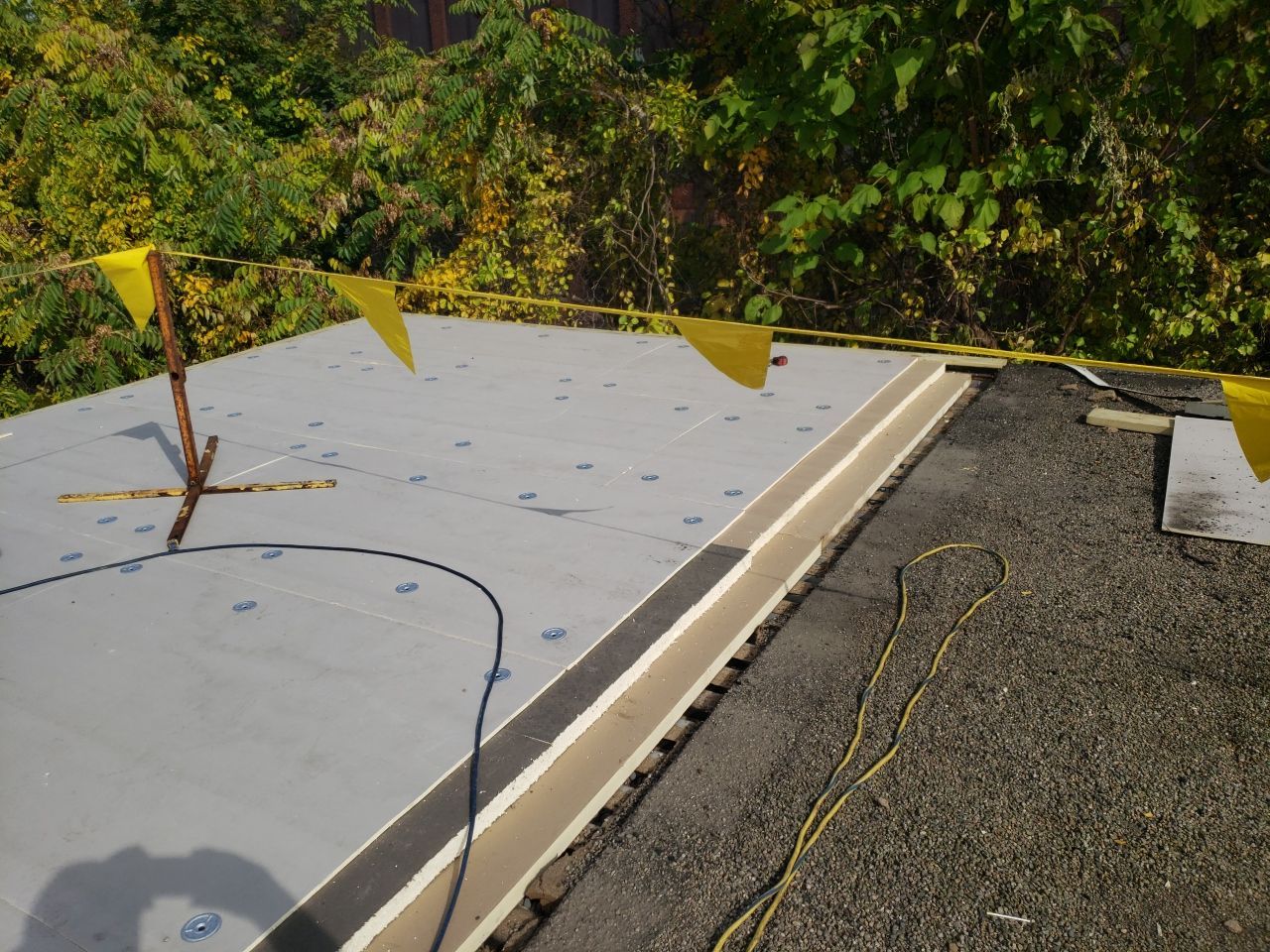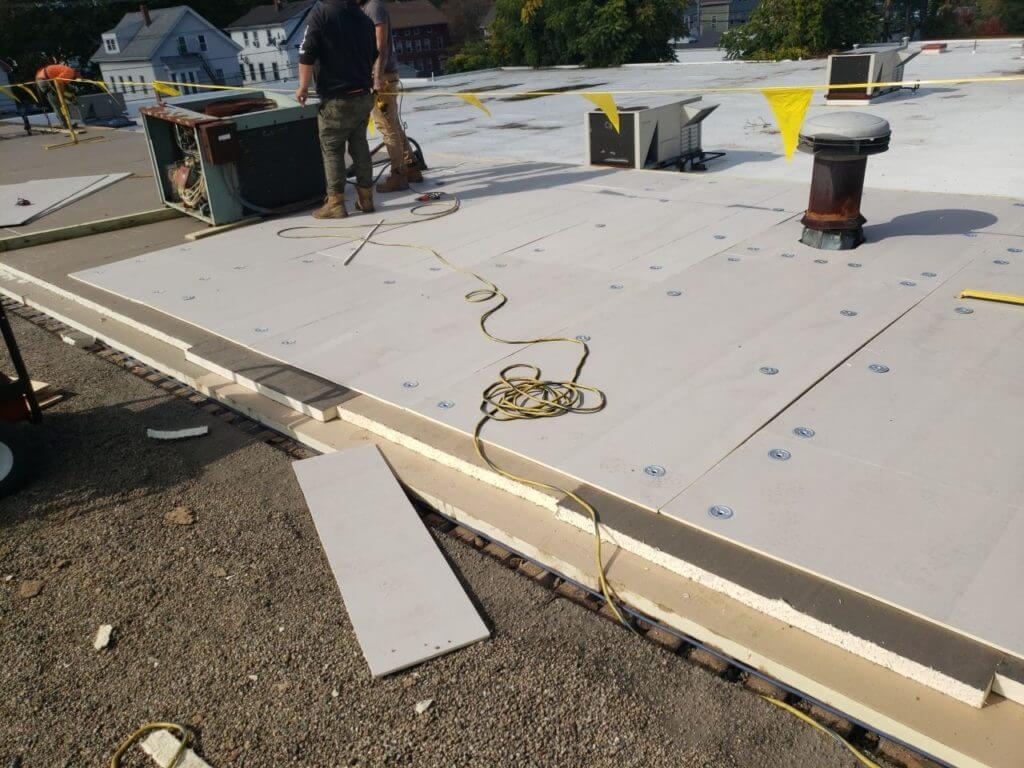It seems like with each year that goes by, more and more insulation is required by building code when a full tear-off is completed. In 2010, 3.3” insulation was required to reach “R” 20. Then, 3.5” insulation was required to reach “R” 20. As of 1-1-2020, building code requires either 4.4” insulation to reach “R” 25 or 5.2” insulation to reach “R” 30 depending on where you live. This increase has been the result of two major changes.
First, energy codes are getting more stringent as everyone is trying to make more energy-efficient buildings. In New England, we are cooling during the summer, and heating during the winter. This results in a lot of energy going through our buildings each season, which is why more insulation can help create heating and cooling savings over the long run.
A lot of calculators exist to show you how much you can save by adding more insulation. However, in my opinion, a lot of these calculators are inaccurate because it is impossible to predict the future cost of heating and cooling your building, especially when you are expecting to look 20 to 30 years down the road!
Another factor at play is the “R” value per inch of insulation. In 2014, 1” of polyisocyanurate insulation, or “Iso,” totaled an “R” value of 6. Since then, “R” values on iso have lowered based on an overview of foam aging in Polyisocyanurate insulation. As a result, in 2020, 1” of iso totals an “R” value of 5.6. While this sounds minor, it can add up when you start getting to larger “R” values.
Between moving from “R” 20 to “R” 30, and the “R” value of polyisocyanurate insulation lowering, the amount of insulation required to meet building code has changed dramatically. Going from 3.3” iso to 5.2” iso totals a 57% increase in the amount of insulation used. While this increases the cost to replace your roof when a tear-off is required, you should make up the cost over time with increased energy savings. How much you save is widely open to interpretation!
Call Us
At Chaffee Roofing, we know what’s best for your roof.
Our experts can answer all of your questions.
Get the best advice before investing in your roof.
Call us today for all your roofing needs.

